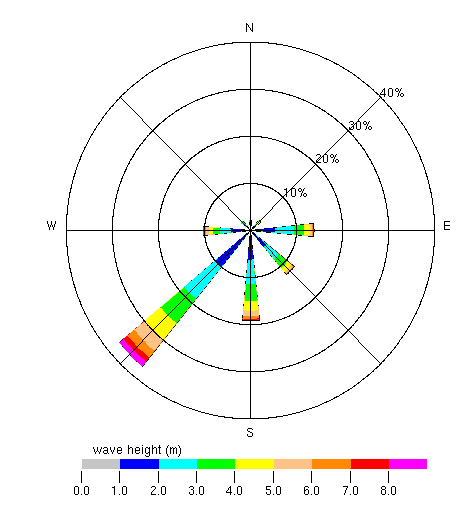
Most commonly, the number of break points for wind TRUE titles and axis labels will automatically try andįormat pollutant names and units properly e.g. Will make the paddle width 1.5 times wider.

grid.line canĪlso be a list to control the interval, line type and colour.įor example grid.line = list(value = 10, lty = 5, col =įor paddle = TRUE, the adjustment factor for If NULL, as inĭefault, this is assigned by windRose based on theĪvailable data range. An example would beĬols = c("yellow", "green", "blue", "black").
#ROSE DIAGRAM EXPLANATION FULL#
The user can supply a list of colour names recognised by R (typeĬolours() to see the full list). Simple method according to Applequist (2012) is used to adjustĬolours to be used for plotting. A bias correction can made to correct for this problem. S, W will include 3 wind sectors and all other angles will be Note, when two types are provided the first forms theģ60 a bias is introduced in the frequencies when the windĭirection is already supplied rounded to the nearest 10 degrees,Īs is often the case. "weekday") will produce a 2x2 plot split by season and day of This offers great flexibility for understanding the variation ofĭifferent variables and how they depend on one another. Variable, then those categories/levels will be used directly. If type is an existing character or factor If that variable is numeric, then the data willīe split into four quantiles (if possible) and labelledĪccordingly. It is also possible to choose type as another variable in ForĮxample, type = "season" will produce four plots - one Type can be one of theīuilt-in types as detailed in cutData e.g. Type determines how the data are split i.e.Ĭonditioned, and then plotted. The wind speed interval may need adjusting using width. Low met masts with low mean wind speeds a value of 1 or 0.5 m/s The user can supply a second set of wind speed and windĭirection values with which the first can be compared. Name of the column representing wind direction.

Name of the column representing wind speed. Key.position = "right", key = TRUE, breaks = 6, paddle = FALSE, ) pollutionRose ( mydata, pollutant = "nox", key.footer = pollutant, Key.position = "bottom", key = TRUE, dig.lab = 5, statistic = "unt", pollutant = NULL, annotate = TRUE, angle.scale = 315, border = NA. = TRUE, breaks = 4, offset = 10, normalise = FALSE, max.freq = NULL, paddle = TRUE, key.header = NULL, key.footer = "(m/s)", = "default", grid.line = NULL, width = 1, seg = NULL, auto.text Ws.int = 2, angle = 30, type = "default", rr = TRUE, cols windRose ( mydata, ws = "ws", wd = "wd", ws2 = NA, wd2 = NA, Same plot structure but substitutes other measurements, mostĬommonly a pollutant time series, for wind speed. The traditional wind rose plot that plots wind speed and windĭirection by different intervals.


 0 kommentar(er)
0 kommentar(er)
